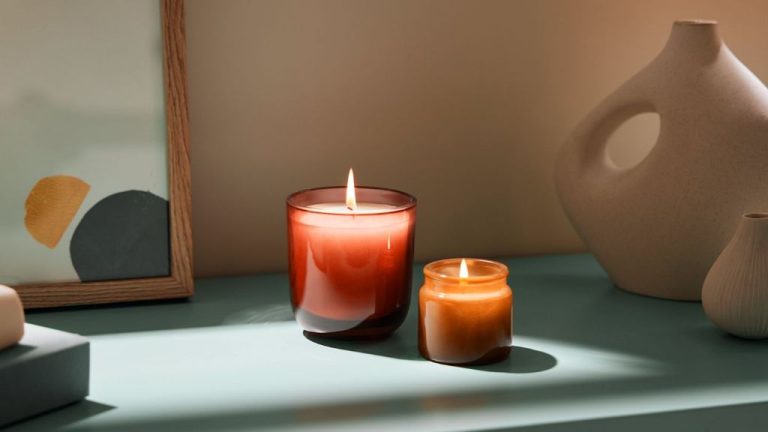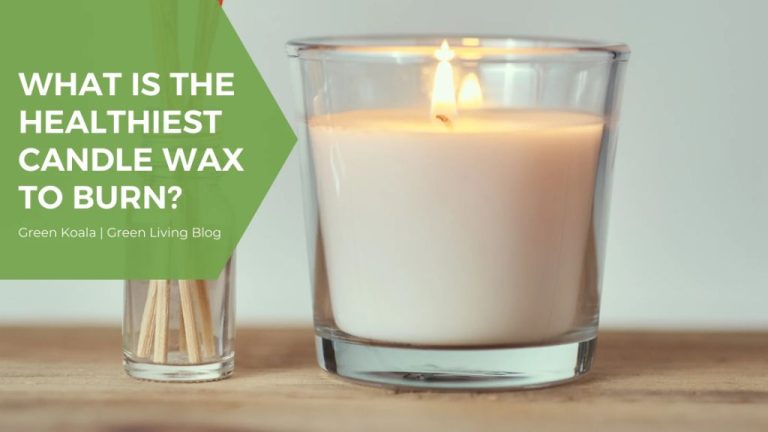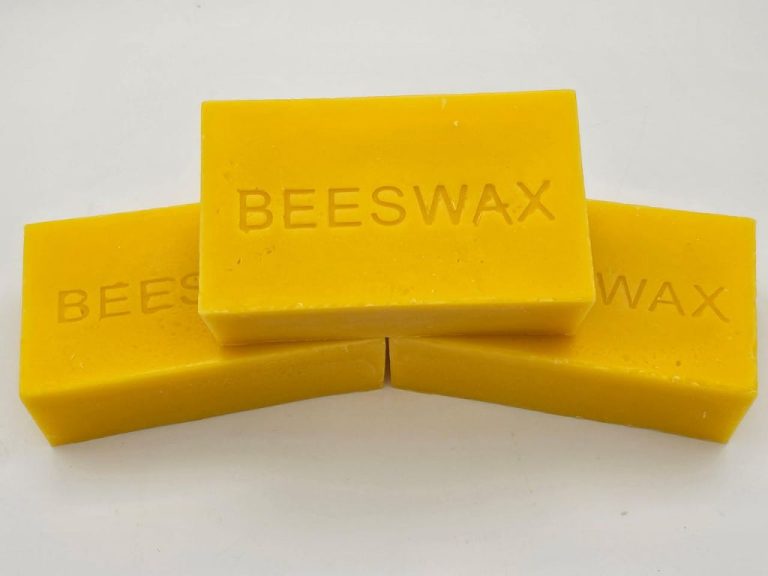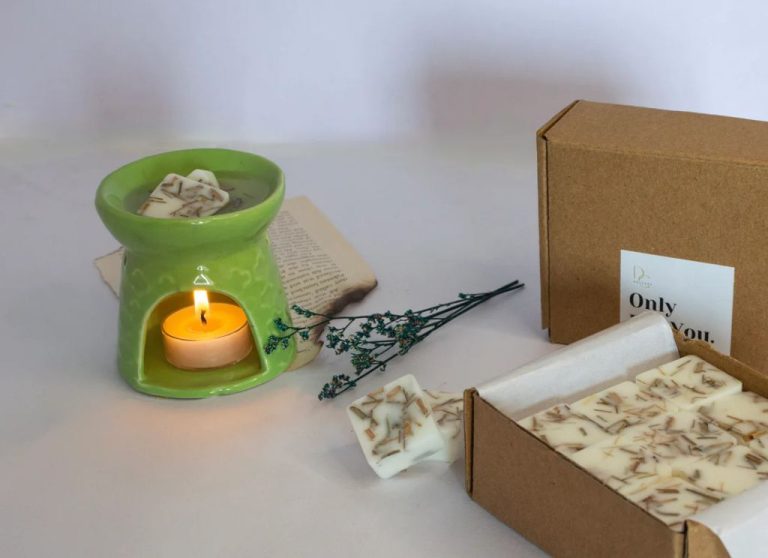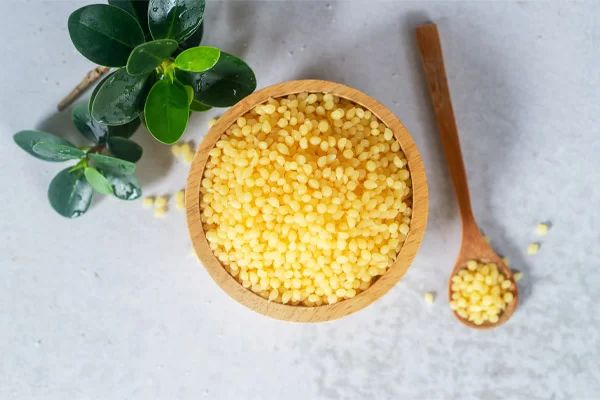How Old Are Mason Jars With Glass Lids?
People have long sought ways to preserve foods to last through seasons and harsh conditions. Ancient methods like pickling, salting, and drying foods evolved over centuries alongside advances in glassmaking and metallurgy. In 1858, John L. Mason patented the mason jar – a molded glass jar with a screw-on metal lid that created an airtight seal for canning and preserving. This revolutionary development made home canning and food preservation more reliable and accessible.
Mason jars have gone through various iterations, but the iconic jar with the zinc screw-on lid persists as the most recognizable form. However, in the early 20th century, glass lid manufacturing developed as an alternative to metal lids. Companies like Anchor Hocking produced decorative glass lids that created a vacuum seal. Though less durable than metal, glass lids appealed to home canners with their visual appeal and ability to monitor food freshness. The origins and evolution of glass lids for mason jars provide an intriguing window into 20th century food culture and technology.
Early Food Preservation Methods
Before the invention of canning in the early 1800s, people relied on other techniques to preserve foods for long-term storage. Methods like drying, pickling, smoking, and salting were commonly used to prevent spoilage (“Canning before canning? : r/preppers”). Fermentation was also widely used to preserve items like pickles, beer, wine, and sauerkraut.
The canning process as we know it today was first developed in France in 1809 by Nicolas Appert. This process involved sealing food inside glass jars and then boiling them. Over the next few decades, canned goods grew in popularity. The first tin cans were produced in England in 1813.
It wasn’t until 1858 that John L. Mason patented the threaded glass jar with a zinc lid that became known as the Mason jar. This provided a reusable and durable option for home canning. Mason’s design helped popularize home canning in America in the second half of the 19th century.
John L. Mason’s Patented Jar
The origins of the mason jar can be traced back to 1858 when tinsmith John L. Mason patented a method for sealing glass jars. His design entailed sealing jars with threaded glass lids and rubber gaskets. This provided a superior seal compared to wax-sealed jars and was easier to reopen and reuse (http://matthew-rowley.blogspot.com/2008/07/).
Mason’s patented design featured several innovations like a threaded neck, wire-and-porcelain clamp lid, and molded lettering on the outside to show the patent. This new sealing method created a vacuum seal that could keep food fresh for extended periods. Mason quickly established the Mason Fruit Jar Company to produce his patented jars.
In 1869, Mason sold his jar patent to the Ball Brothers Glass Manufacturing Company in Buffalo, New York. This allowed Ball to become a leading manufacturer of mason jars for home canning and food preservation.
The Rise of Zinc Lid Technology
The initial glass lids used on mason jars were prone to breaking and often failed to keep the jars airtight. This led companies to experiment with alternatives to improve sealing and durability. In the 1930s, the zinc screw-on lid was created as a replacement for glass lids.[1] The zinc lid provided a stronger, more resilient closure that created a better seal.
The zinc lid was threaded to screw onto the rim of the jar in order to hold the sealing compound in place. The earliest versions used a milk glass liner inside the zinc lid to prevent the metal from touching the food. Later models replaced the milk glass with a molded plastic insert or a rubber gasket. The zinc screw-on lid quickly became the standard for mason jars and other commercial food jars, offering a substantial improvement over glass closures.
Glass Lids Rise Again
In the 21st century, there has been a renewed interest in vintage glass canning jar lids. As people become more interested in old-fashioned methods of food preservation and DIY projects, the unique look and functionality of glass canning lids has experienced a resurgence in popularity.
Specialty companies have begun reproducing glass canning lids to meet this growing demand. These new glass lids allow people to capture the vintage aesthetic of older mason jars while still using them to can and preserve foods today. The lids usually include a rubber gasket to create a tight seal, just like the original glass lid versions.
Glass lids have several benefits compared to conventional zinc lids. They allow users to monitor food preservation without breaking the jar seal. The transparency of glass makes it easy to visually inspect the contents. Glass is also naturally non-reactive and won’t degrade food quality like metal lids can over time. The material provides an attractive look and allows jars to be easily used for non-food storage too.
For those seeking a vintage canning experience or aesthetic, glass jar lids help revive a piece of the past in a practical way. New companies are ensuring the classic glass lid design continues on into the modern world.
Dating Vintage Mason Jars
There are a few key ways to date vintage mason jars, especially Ball mason jars with glass lids:
Look at the logo – Early Ball mason jars had a simple “Ball” logo. In the 1920s, the logo changed to include the words “Perfect Mason.” After 1933, the logo changed again to “Ball Perfect Mason.”
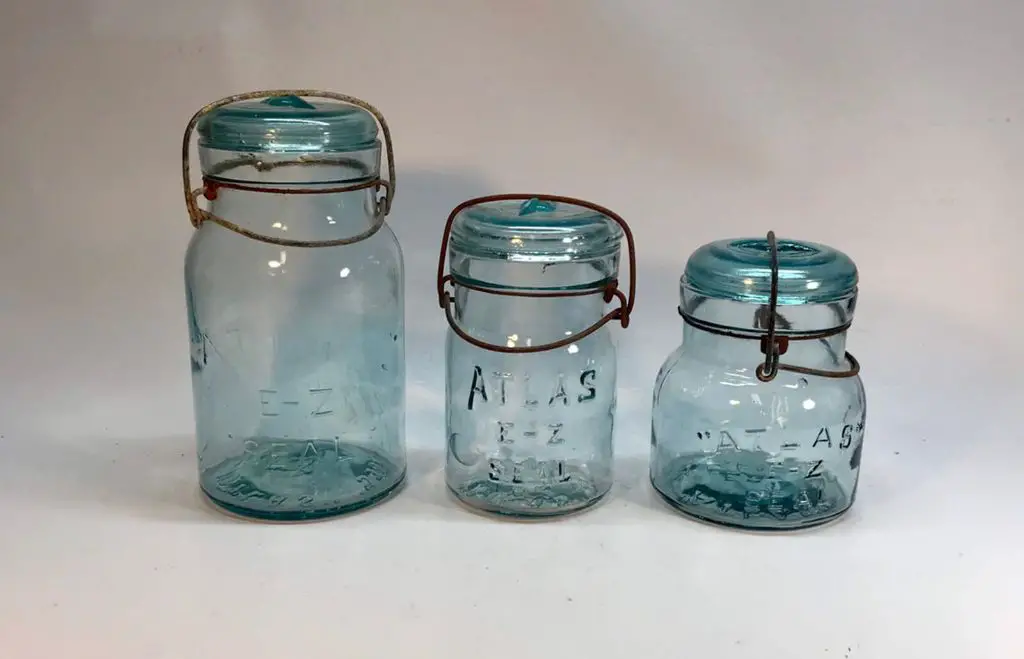
Check for patents – Many old mason jars will be stamped with patent dates, as jar manufacturers frequently filed new patents to improve their designs. For example, jars stamped with patents from 1858-1908 will predate the glass lid era.
Identify the mold number – Numbers like “13” or “21” embossed on the jar refer to the mold it was made with. This can help date the jar based on when that mold was used.
Consider the glass color – Crude early glass will often show as aqua, later shifting to blue and then clear as glassmaking improved. Color can serve as a clue, though variations existed.
The most common eras for mason jars with glass lids are:
– 1858-1920s – Patented by John Landis Mason, glass lid mason jars emerge and gain popularity in home canning.
– 1920s-1930s – Companies like Ball and Kerr perfect the glass lid mason jar design with addons like wire bails.
– 1940s-1950s – Glass lid masons remain common before tapering off as metal screw lids dominate.
Vintage mason jars can be dated using logos, patent information, manufacturing techniques, and color.
Collecting Vintage Mason Jars
The rarity of certain mason jars greatly affects their collectible value. For example, amber colored jars from the late 1800s and any jars with unusual embossing tend to be more prized finds. Condition is another key factor in determining worth. Chips, cracks, rust, and warped lids decrease value. However, some collectors prefer a “mint” jar with the zinc lid still intact.
It’s important to distinguish genuine vintage jars from reproductions. Many companies now manufacture jars mimicking the classic blue-tinged bail-top design. Look for markings like “Patent Nov 30th 1858” embossed on the glass to verify age. Also inspect the glass color and mold seams. Authentic old jars have slightly imperfect seams compared to modern mass-produced versions.
Preserving with Vintage Jars
Vintage mason jars with glass lids provide a charming and nostalgic way to preserve fruits, vegetables, jams, jellies, pickles, and other foods. However, it’s important to take proper safety precautions when using jars that are decades or even a century old.
The main safety concern is that old jars may have small cracks, chips, or weaknesses that aren’t visible. These defects mean the jar is no longer airtight and could allow airborne contaminants to enter, leading to food spoilage or sickness. Always inspect jars closely before use. Gently tap the jar with a spoon to listen for any cracks. Reject any jars with visible damage or defects.
It’s also critical to use proper canning techniques when preserving with vintage jars. Follow tested canning recipes and processing times to destroy harmful microorganisms. Use new, undamaged lids andbands to ensure a tight seal. Store preserves in a cool, dark place and discard any jars with signs of spoilage.
The vintage glass lids themselves should not be reused. While the jars are recyclable, the lids can only seal once. So new lids are a must for safe preserving. Modern reusable lids with rubber rings are also available for those who want to use vintage jars.
Beyond safety considerations, vintage jars do come with certain benefits and drawbacks compared to modern mason jars:
Benefits:
- Unique retro aesthetic
- Often wider mouth than modern jars
- Readily available and inexpensive to find at antique stores, flea markets, etc.
Drawbacks:
- Not as durable as modern jars
- Seal may not be as tight
- No standardized sizing
- Harder to find new replacement lids
Overall, vintage mason jars certainly add old-fashioned charm to home canning projects. With proper safety precautions and processing methods, they can be a fun way to preserve the summer’s bounty while also connecting to the timeless art of food preservation.
Notable Glass Lid Manufacturers
The glass jar and lid industry has been dominated by several major manufacturers through history. One of the first was the Ball company, founded in 1880 by Frank C. and Edmund B. Ball in Buffalo, New York. They became major producers of canning jars including the “Perfect Mason” variation. In 1913 they patented the first vacuum sealing jars that prevented spoilage without processing. The Ball company continues producing mason jars and other glass food packaging today.
Another pioneer was Alexander H. Kerr who started the Kerr Glass Manufacturing Company in 1903. Kerr introduced the “Kerr Self-Sealing Jar” in 1915 which incorporated a rubber sealing ring within the glass lid. This advancement made canning much easier and secured Kerr’s status as a leading jar maker. They were especially known for their unique decorations and colors on jars. The Kerr name still appears on home canning products today after being acquired by the Jarden corporation.
These early glass lid designers paved the way for more recent brands like the Anchor Hocking company which began selling glass canning jars in 1938. Their “Anchorlid” jars promoted easier use through glass lids with a rubber seal. Other prominent names have included the Hazel Atlas company which produced mason jars for over 50 years before merging with Continental Can Company, and the Ball Foster company known for their “Lightning” brand fruit jars.
With each new design and patent, glass lid manufacturers sought to perfect the sealing process and improve convenience for home canners. Their innovations and competition spurred the development of the modern mason jar into its current iconic form.
Conclusion
Mason jars have a long and storied history, originating from John L. Mason’s patented design for a molded glass jar with a screw top lid in the mid 19th century. Though initially intended for commercial canning, these reusable jars were soon adopted for home canning and food preservation as well (https://www.smithsonianmag.com/innovation/brief-history-mason-jar-180975546/).
Over the decades, Mason jar lids evolved from zinc to glass to metal, with brands like Ball helping popularize them for home kitchens. Today, Mason jars retain nostalgia as vintage kitchenware, with people collecting and using jars from past eras to preserve jams, make crafts, and for home décor.
Though modern canning methods have advanced, the Mason jar’s simple, reusable design continues to be beloved. Their history is a story of American ingenuity – from John Mason’s patent, to the evolution of commercial canning, to their role in farm kitchens and households today.

